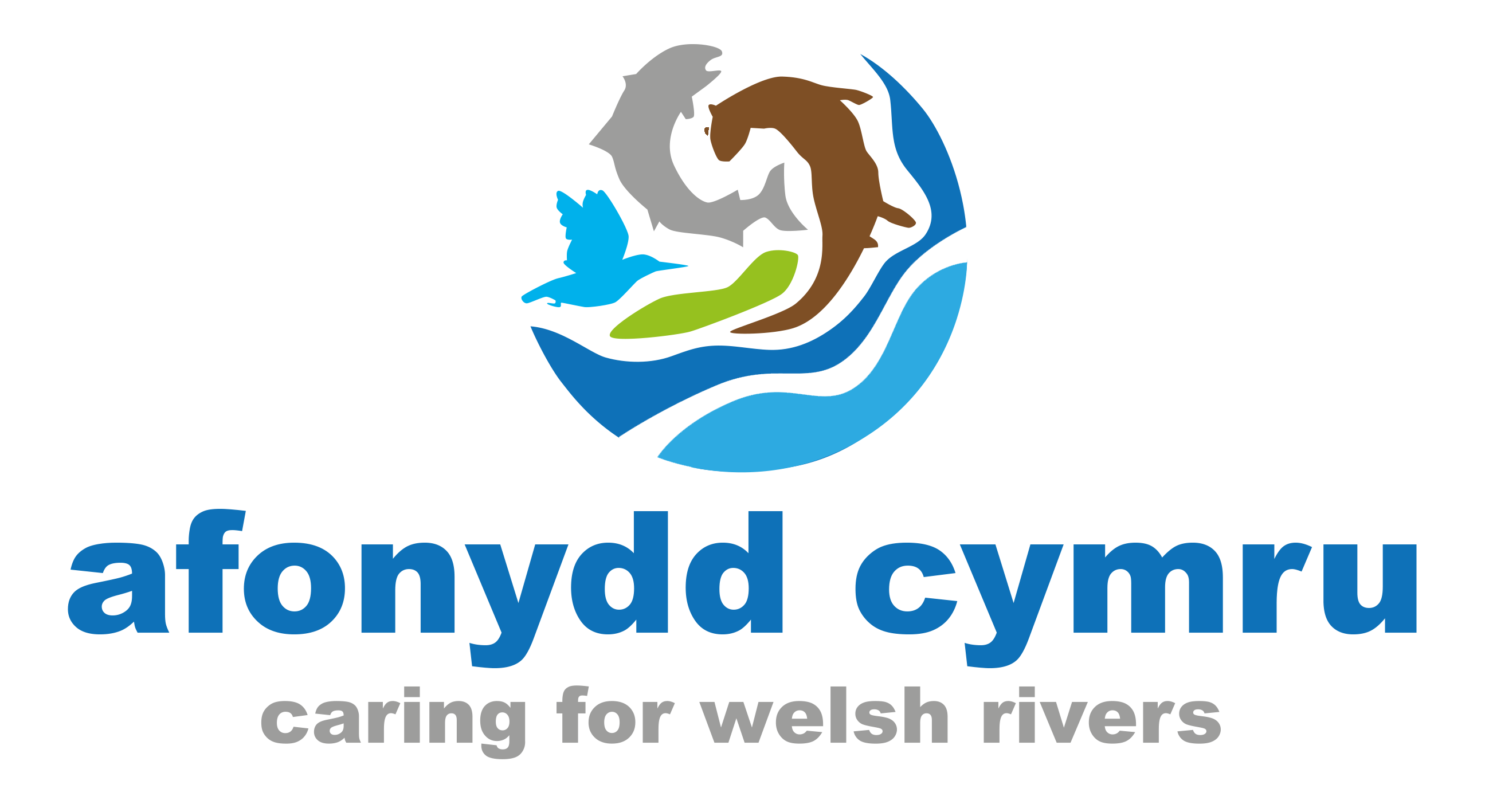Afonydd Cymru’s Position
Contaminated land sites remain as a legacy from Wales’s strong industrial past. Historically, these materials were routinely disposed of through unregulated sites such as disused quarries. Contamination came from a wide range of materials depending upon the industry. Of the sites identified in Wales, dominant contaminants were benzo(a) pyrene, lead and arsenic, which were found at over 60% of the sites. Other chemicals included Monoaromatic Hydrocarbons (MAHs), total petroleum hydrocarbons (TPH), Polycyclic Aromatic Hydrocarbons (PAHs) and Polychlorinated Biphenyls (PCBs).
Prior to 2001 and the introduction of the contaminated land regime in Wales, there was no mechanism to deal with the historic land contamination at sites with low redevelopment potential. Land contamination in Wales is mainly dealt with through the planning process (93% of the sites).
Part 2A of the Environmental protection Act 1990 first introduced primary legislation to deal with the historic legacy of contaminated land. It was inserted into the Environmental Protection Act (1990) by section 57 of the Environment Act (1995) and later came into force in Wales on the 1st of July 2001. These were replaced by the Contaminated Land (Wales) Regulations 2006, which includes additional provisions for sites impacted by radioactive contamination. It places a statutory duty, on Local Authorities (as principal regulators), to inspect their areas in order to identify contaminated land. This is done in accordance with the Local Authorities published inspection strategy.
Part 2A defines Contaminated Land as any land which appears to the Local Authority in whose area it is situated to be in such a condition, by reason of substances in, on or under the land that:
(a) significant harm is being caused or there is a significant possibility of such harm being caused; or
(b) significant pollution of controlled waters is being caused, or there is a significant possibility of such pollution being caused.
Since 2001, around 3% of contaminated sites have been dealt with under Part 2A of the Environmental Protection Act 1990 and a similar amount by voluntary action.
Whilst only Local Authorities are responsible for formally identifying contaminated land, in some specific circumstances, Natural Resources Wales will become responsible for making sure sites are remediated. These are known as Special Sites, defined as contaminated land determined under Part 2A that also meet one or more conditions set out in The Contaminated Land (Wales) Regulations 2006. Contaminated land within certain land use categories or resulting in certain types of pollution to controlled waters can be designated as a special site. Only 2 such sites have been designated in Wales.
By the end of December 2013, 175 sites had been determined under Part 2A, including two designated special sites. Of the 175 contaminated land sites, 64 determinations were revoked in 2009. Local authorities reported that 97 sites out of 111 sites have been completely remediated.
A review by Natural Resources Wales in 2016 showed that there were 10,130 potentially contaminated sites in Wales identified on introduction of the legislation. Subsequently, 800 of the highest priority sites were subject to a detailed inspection with 175 (including two special sites) being formally determined as contaminated land.
The 175 contaminated land sites in Wales are spread across 11 Local Authority areas. These are identified for either impact to human health or to controlled waters. There is no guarantee that this represents all contaminated sites in Wales, merely those identified under the initial legislative review. Since the 2016 review, one further site has been determined by a Local Authority as contaminated land.
Contaminated land is a highly complex issue and a small organisation such as Afonydd Cymru does not have any expertise in this area including of specific contaminants, such as PCBs. Similarly, the regional trusts operating on these rivers also do not have this expertise. We are therefore unable to support any queries which arise in relation to contaminated land.
We are concerned, however, by a number of actual and potential discharges from contaminated land sites into our rivers, particularly at Maendy, Ty Llywd and Brofiscin. We have routinely reported these concerns, particularly in relation to uncontrolled discharges from the sites to watercourses and our trusts will continue to report concerns with all suspected pollutions to Natural Resources Wales as and when they see them whilst undertaking their daily work.
As part of our vision for clean, healthy rivers for every community in Wales, Afonydd Cymru would like to see Welsh Government, Local Authorities and Natural Resources Wales applying greater focus and resources to these contaminated land sites in order to minimise any potential harm to human health or to the terrestrial and aquatic environments.
Afonydd Cymru, June 2024.
